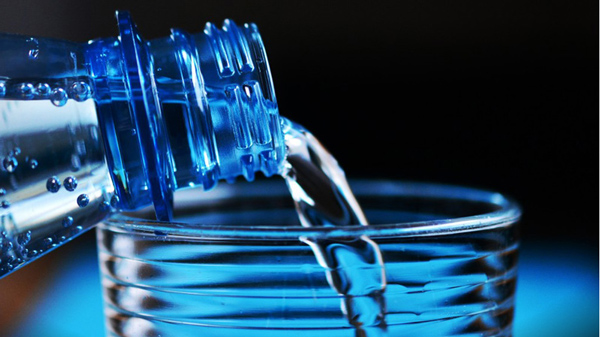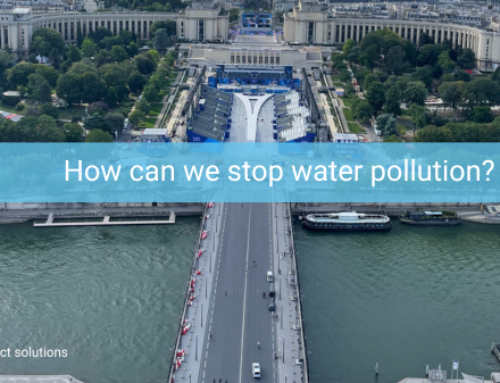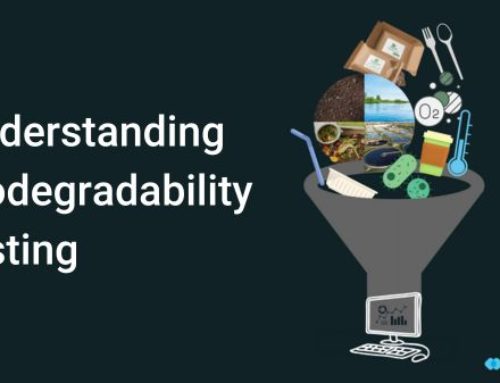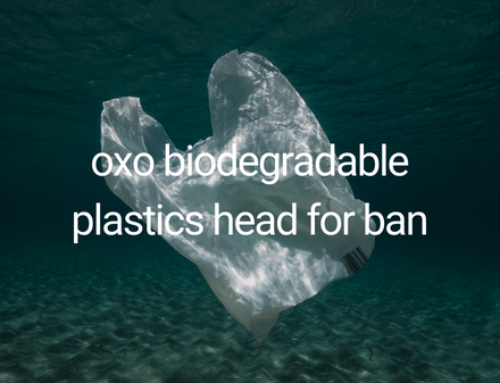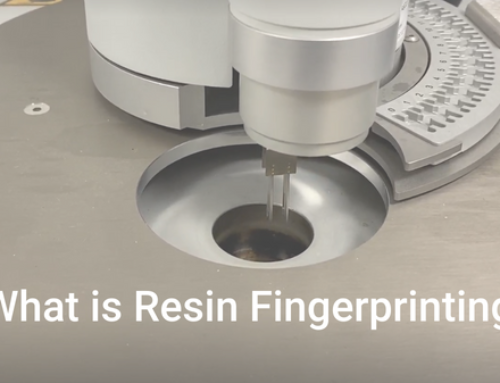BBC headlined a study yesterday from the State University of New York and published by Orb Media, relating to findings of plastic in bottled water.
While the study on plastic in bottled water highlighted by Orb Media has been conducted in a laboratory, it has not been conducted using an internationally recognised or agreed method. The reasons for using recognised methods is that they have been through an exhaustive agreement process with experts from a wide range of industry sectors. This ensures all variables are considered and taken into account, and therefore a high degree of confidence can be applied to the results.
Plastics are synthetic organic compounds (hydrocarbons) mainly derived from petrochemicals or from sustainable plant sources like corn, cotton etc. Plastics have become increasingly popular in our modern society mainly due to their low-cost processing, light-weight and adjustable mechanical and thermal properties. One of the major reasons for using plastics in bottled water is as a packaging material for drinks because PET (the type of plastic used) shows exceptional barrier properties and compatibility with any water-based drinks.
Plastic molecular morphology differs a lot to the morphology of other materials like metals, ceramics and oxides. Thus, plastic in bottled water is straightforward to be detected and characterised through a series of techniques.
The characteristic molecular structure of plastics could be identified using standard spectroscopy, chromatography and/or thermal analysis techniques. The most sensitive technique able to identify plastic compounds down to a few parts per million is the gas chromatography mass spectrometry, GCMS.
This technique is widely used to identify any residue of hydrocarbons in soil, water and other solutions or materials. There are various industrially recognised methods based on GCMS such as ISO 17052 applied in order to trace down any organic contaminant.
Other techniques are possible such as infrared spectroscopy or TGA-IR and they are very useful characterising plastics, but these require a larger sample size and are not sensitive enough to detect plastic in bottled water at relatively low amounts as was found by New York State. A TGA-IR can be expected to see no more than 20ppm (parts per million).
As a result, for water contamination analysis the best method to be used particle size analysis via laser diffraction and then analysis of the particles using GCMS.
Impact Laboratories have the capability to carry out a range of analytical techniques to detect plastic in bottled water, as well as using these techniques for a wider range of detection capabilities. Get in touch today!
Feel free to follow us on Facebook, LinkedIn and Twitter if you would like to learn more!

